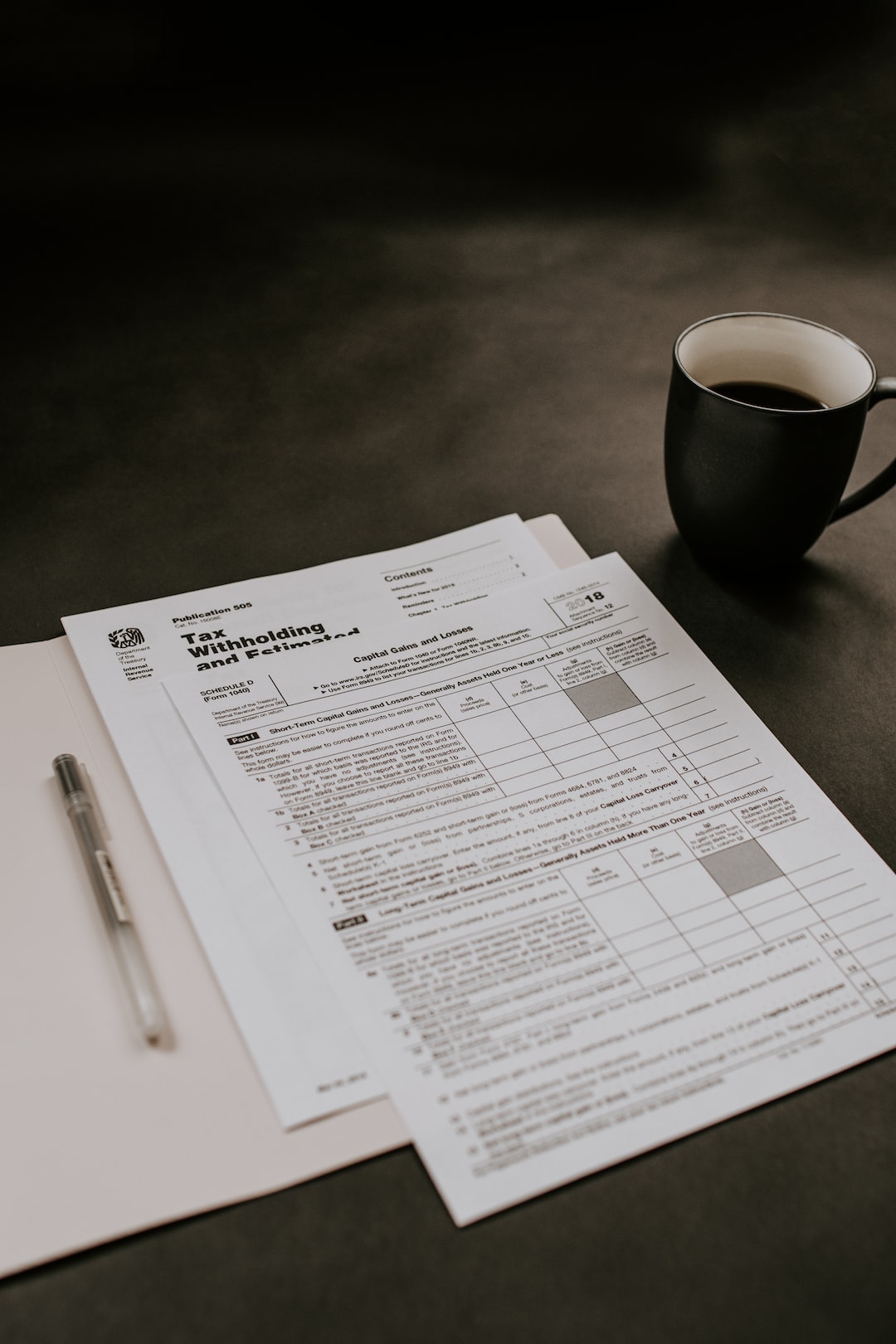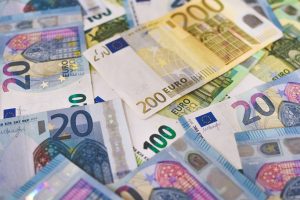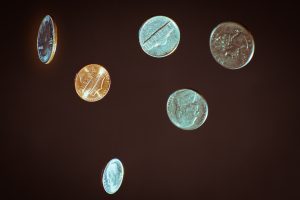The foreign exchange market, commonly known as forex, is a decentralized market where different currencies are traded 24 hours a day, five days a week. This means that the market is always open, and traders can trade at any time of the day or night. However, the forex market is not equally active during all trading hours, and there are specific times of the day when the market is more active and volatile than others. The Asian session is one of the three major trading sessions in the forex market, and it starts when the Tokyo market opens at 7 PM EST and ends when the Sydney market closes at 4 AM EST.
The Asian session is the first major trading session in the forex market, and it is also the least volatile of the three major trading sessions. This is because the Asian session is the quietest time of the day, with the lowest liquidity and trading volume. During this time, the major currency pairs, such as EUR/USD, GBP/USD, and USD/JPY, tend to trade in narrow ranges, with minimal price movements. The low trading volume during the Asian session can also result in wider spreads, which means that traders may need to pay higher transaction costs.
The low volatility and liquidity during the Asian session can be attributed to several factors. Firstly, the Asian session overlaps with the European and North American sessions, which are the most active and volatile trading sessions. As a result, many traders prefer to wait until the European or North American sessions open to take advantage of the higher volatility and liquidity. Secondly, many major economic data releases, such as the non-farm payroll report and the GDP figures, are released during the European and North American sessions. This means that traders tend to wait until these events have been released before entering the market.
Despite the low volatility and liquidity during the Asian session, there are still opportunities for traders to make profits. Traders who prefer to trade during the Asian session can focus on trading the currency pairs that are most active during this time. These include the Japanese yen (JPY) crosses, such as the USD/JPY, EUR/JPY, and AUD/JPY. The JPY crosses tend to be more active during the Asian session due to the high trading volume in the Japanese market. Traders can also focus on trading the currency pairs that are most affected by the economic data releases in the Asian region, such as the Australian dollar (AUD) and the New Zealand dollar (NZD).
Another strategy that traders can use during the Asian session is to trade the breakouts of the narrow trading ranges. As the major currency pairs tend to trade in narrow ranges during the Asian session, traders can wait for a breakout above or below the range before entering a trade. This strategy can be risky, as breakouts can be false and result in losses, so traders should use stop-loss orders to manage their risk.
In conclusion, the Asian session in forex starts when the Tokyo market opens at 7 PM EST and ends when the Sydney market closes at 4 AM EST. The Asian session is the quietest and least volatile of the three major trading sessions, with low liquidity and trading volume. However, traders can still make profits by focusing on the currency pairs that are most active during this time, trading breakouts of narrow trading ranges, and managing their risk with stop-loss orders.






